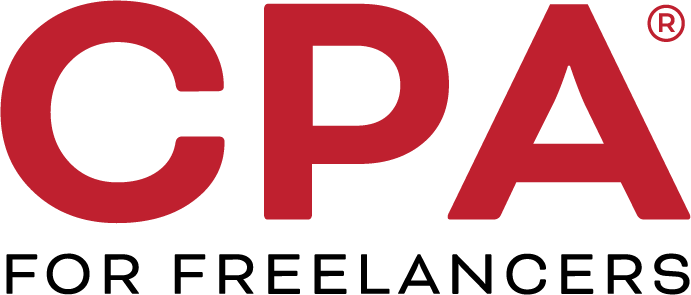One of the most popular perks of being a freelancer is wearing your Star Wars pajamas to work. No, it’s having a home office (pajamas are optional). And, a home office, especially if you work at home full-time, can provide a significant tax deduction if you qualify.
It used to be that the calculation necessary to claim the home office deduction was as complex as the plot line on Game of Thrones and required meticulous record keeping. Sometimes those who qualified for the deduction found it a hassle to calculate (it requires a separate form, Form 8829) or claimed an inaccurate amount. The good news is that starting in tax year 2013, the IRS introduced a simplified method for calculating the home office tax deduction. The bad news is that this new deduction raises a question as polarizing as which way the toilet paper roll should go: use the new deduction or stick with the old “actual expenses” method?
Is the Simplified Home Office Deduction Better?
The new simplified home office deduction allows individuals who have a legitimate home office (see the definition below) to take a tax deduction of up to $1,500. To calculate this deduction simply multiply the square footage of your home office space by $5, to a maximum of 300 square feet, or $1,500. The deduction is then entered on Schedule C of your 1040 return. The biggest advantage of this deduction is its simplicity: you don’t have to provide any documentation to claim it, unlike the old “actual expense” method that involves calculating, allocating, and substantiating your expenses.
Using the simplified method, you can also deduct your mortgage interest and real estate taxes separately on Schedule A, assuming you itemize. However, this simplified deduction method may not be the best option. It imposes a cap of $1,500 and eliminates the opportunity to deduct depreciation or carryover any losses from a previous year. Furthermore, it may not be the best option if you can claim a higher amount using the actual expense method and you keep good records of eligible home office expenses such as mortgage interest, insurance, utilities, repairs, pizza delivery orders (kidding) and depreciation.
In contrast, the actual expense method allows deductions for a home office that are based on the percentage of your home devoted to Hello Kitty memorabilia, I mean, to your business use. If you use a whole room or part of a room for conducting your business, then you will need to figure out the percentage of your home devoted to your business activities. The bigger your home office is, and the more eligible expenses you have, the more likely the actual expense method will yield a larger tax break than the simplified home office deduction’s $1,500 ceiling. As a freelancer, you should be tracking your business expenses anyway (right?), so it is worth calculating your home office deduction using the actual expense method if 1) you believe that it will further reduce your tax burden, and 2) you have a fondness for math problems (joking).
Remember, You Still Have to Qualify for the Home Office Deduction
Of course, prior to deciding whether to use the new simplified home office deduction or the actual expense method, you need to make sure that the space that you call your home office is decorated in Nate Berkus’ latest line from Target. Not quite, the space that you call your home office must meet the IRS definition of such. Here are the requirements:
- A portion of your home must be used in the course of your trade or business, and your use of the home office has to be regular and exclusive. “Regular and exclusive” applies to more than your dating status: it means that the space claimed as a home office must be used solely in connection with a trade or business that you conduct frequently. If the space is used partly for business use and partly for personal use (hello, in-law guest suite or Martha Stewart gift wrapping room!), then the home office deduction does not apply to that space.
- You must also: a) use your home office as your principal place of business; or b) use it to physically meet with clients, patients or customers; or c) use a home office that is detached from your home.
Still on the Fence? You Can Always Change Your Method Next Tax Year
If you’re still on the fence about which method to use, it may be worthwhile to compare the deduction you can take using the simplified method and the actual expense method. It may also be worthwhile to diet and exercise, but let’s get back to taxes. Note that with either method, you can only reduce your business income to zero; you can’t take a loss. However, if you find that you prefer one method over the other, or you think that you will exceed the $1,500 allowed by the simplified method one year, but not the next, you can switch the method from year-to-year. And who doesn’t welcome THAT kind of flexibility and excitement when it comes to tax preparation?


